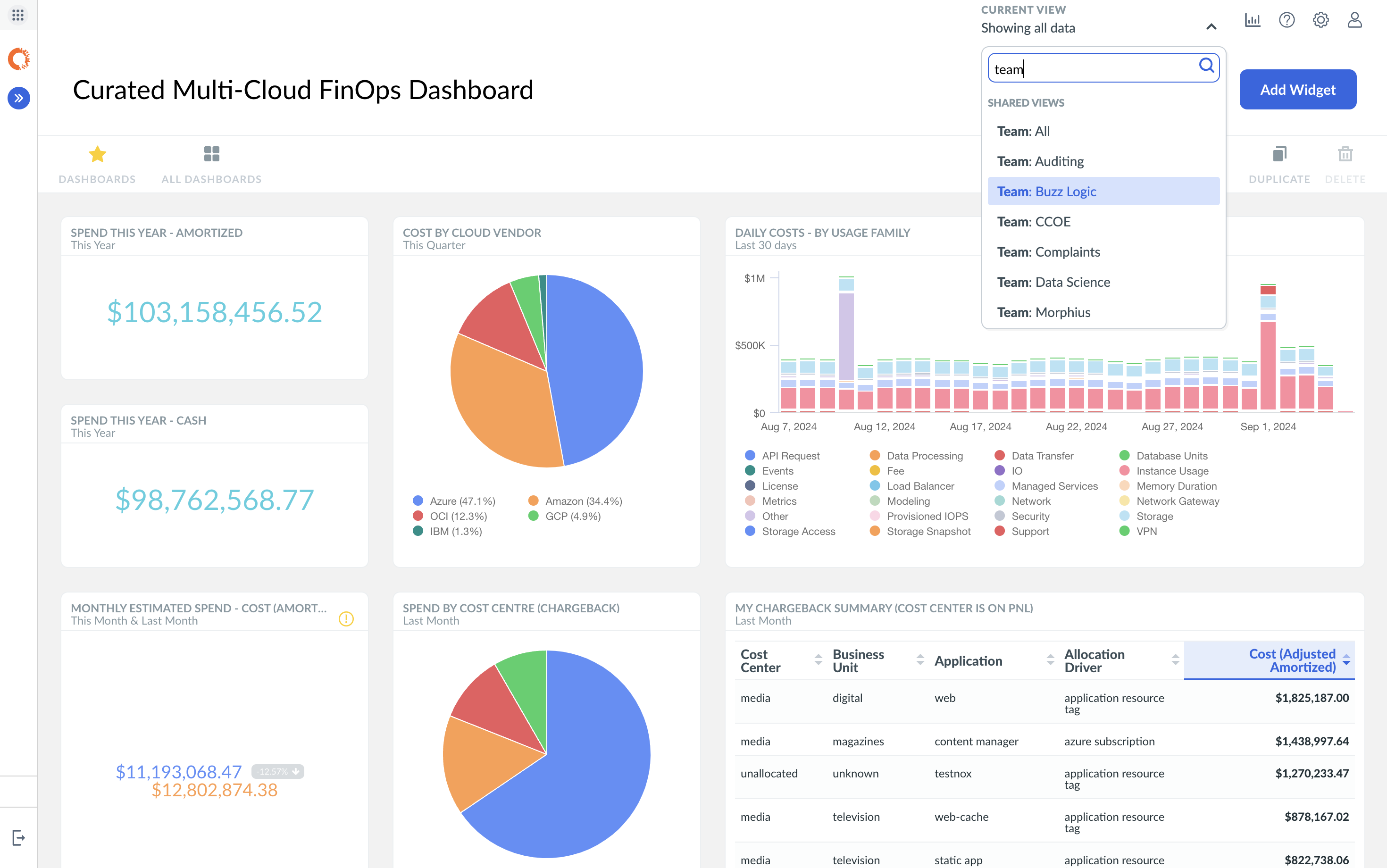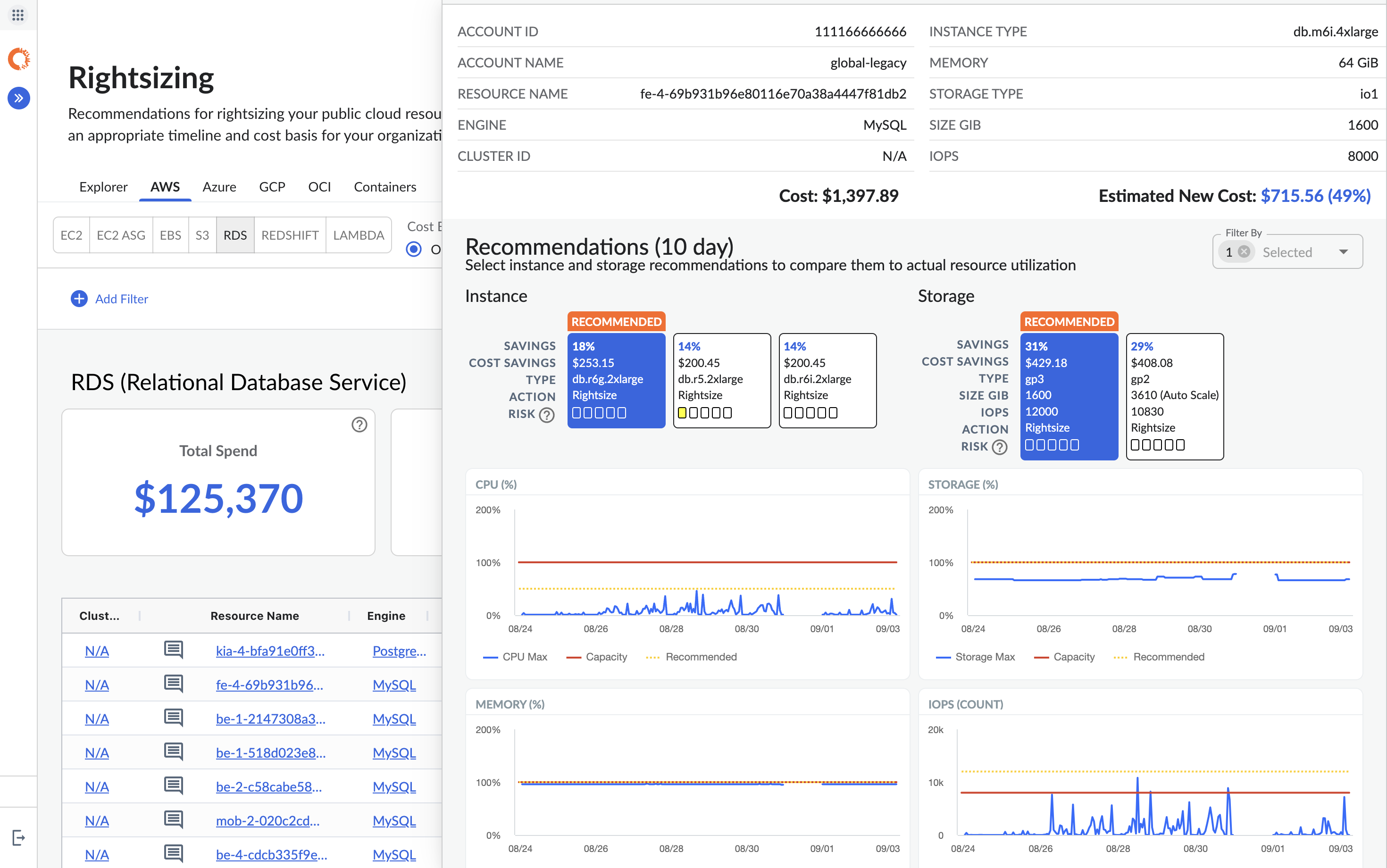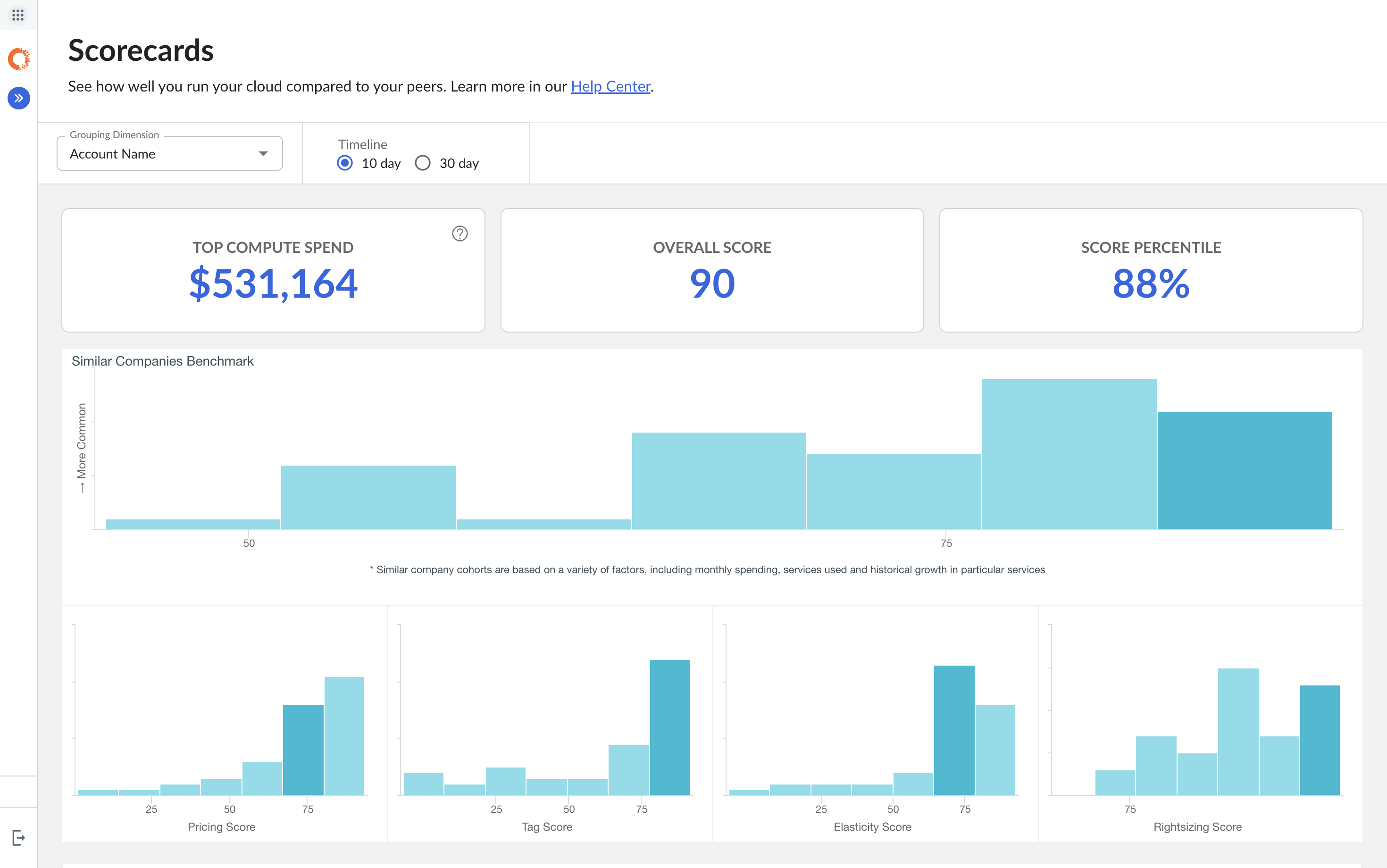![]()
Look, I spent 8 months implementing Cloudability for a Fortune 500 company. The sales team promised 4-8 weeks. We finally got basic reporting working after 6 months and somewhere around 75K in consulting fees. Here's what actually happens during "pre-implementation planning."
![]()
1. The Infrastructure Audit From Hell
Before IBM's $300/hour consultants start bleeding you dry, do yourself a favor and audit your infrastructure. This will save you from discovering why your deployment fails spectacularly three months in.
Cloud Account Nightmare
We thought we had 30 AWS accounts. Kept finding more... ended up being 60-something? Maybe more? I lost count after the third acquisition's shadow IT surfaced. Apparently, every acquisition over the past 5 years brought their own shadow IT, and some genius VP gave them unlimited account creation privileges. Half the accounts had no resource tags, no ownership info, and were running mystery workloads that nobody wanted to turn off because "what if something breaks?"
The Tagging Shitshow
Three different tagging strategies from three different companies we acquired. Development teams using Environment:prod, finance using Env:Production, and the startup we bought last year using YOLO:production because apparently they thought they were funny. Your tagging audit will reveal dozens of different cost centers that accounting swears don't exist but keep showing up in your bills.
The Kubernetes Version Hell
Here's the fun part - Container Insights 2.0 requires Kubernetes 1.32+, but your production environment is still running 1.28 because the last upgrade broke the entire logging stack and took down prod for 8 hours. Good luck explaining to your CTO why you need another disruptive Kubernetes upgrade just so you can see container costs.
Oh, and that Cloudability metrics agent? It crashes randomly on ARM-based nodes with the incredibly helpful error message "connection failed: EOF" - because nothing says enterprise-grade like error handling from 1995. I spent 3 days debugging what I thought was a networking issue before discovering it just doesn't work on arm64 nodes. The logs are completely useless. You'll spend weeks debugging networking issues only to discover it doesn't work with your corporate proxy.
2. Why Your Organization Isn't Ready (Spoiler: Nobody Ever Is)
The FinOps Team That Doesn't Exist
You need dedicated FinOps staff for 6 months minimum. The problem? Most companies assign this as a "side project" to their already overworked DevOps team. You'll get 5 hours a week from Sarah who's also managing three Kubernetes clusters and debugging why the CI/CD pipeline randomly fails on Tuesdays.
Business stakeholders for cost allocation? Good fucking luck. Finance wants it automated, engineering says everything should be allocated by team, and the business units want their costs hidden in "shared services" because nobody wants to be accountable for that $50K monthly ML training bill.
Data Governance Nightmare
Your data governance framework is whatever the last person who left decided to implement. Cost allocation methodologies? The previous FinOps guy left this massive spreadsheet with formulas nobody understands, and there's no documentation on why Marketing gets charged for half of the database costs.
Integration Hell
Your existing BI tools? They don't play nice with Cloudability's data export. That Tableau dashboard your executives love? Prepare to rebuild it because Cloudability's data format is completely different from your current cost reporting. The Apptio BI integration sounds fancy until you realize it's basically another reporting tool you'll need to train 200 people to use.
3. The Real Budget (Triple What They Quoted)
What They Tell You vs Reality
- Sales quote: Around 30K annually
- Actual first-year costs: Somewhere around 80-90K, maybe more when you factor in all the time we wasted
- Hidden costs: Random overage fees that killed us - I think we paid like 3K one month?
- Consultant reality: They said 40 hours, we burned through 200+ at 300/hour
The Actual Timeline Nobody Mentions
- Month 1: Account setup fails 3 times due to IAM permissions
- Month 2-3: Discover half your resources can't be tagged properly
- Month 4-5: Kubernetes upgrade breaks production for container insights
- Month 6-8: Fighting with cost allocation rules that make no business sense
- Month 9: Finally get basic reporting working, executives hate the UI
Resource Reality Check
You'll need 40+ hours per week from your internal team, not the 20 IBM estimates. Executive stakeholder time? Good luck getting 30 minutes from a VP who doesn't understand why they need to map cost centers to Kubernetes namespaces.
4. "Success Criteria" (AKA Damage Control)
Forget their bullshit milestones. Here's what actually counts as success:
Real Success Metrics
- Getting any useful cost data within 6 months
- Cost allocation that doesn't make your CFO question your competence
- Container insights that work more than 50% of the time
- Reports that load in under 5 minutes (seriously, their BI platform is painfully slow)
What Actually Happens
- Anomaly detection flags everything as unusual (weekend deployments, dev environment restarts, someone accidentally spinning up a large instance)
- Cost optimization recommendations suggest downsizing your production database during peak hours
- Self-service reporting becomes "call the FinOps team because nobody understands this shit"
5. When Everything Goes Wrong (It Will)
The Implementation Disasters You'll Face
- Your tagging audit reveals dozens of cost centers that accounting swears don't exist
- Legacy systems from that 2019 acquisition can't be tagged and represent like 30% of your costs
- Business stakeholders disappear when you need cost allocation decisions
- IBM consultants learn the product while billing you $300/hour
Reality Check
No amount of "thorough preparation" will save you from IBM's documentation assuming you're psychic, their UI being a confusing mess, or their metrics agent randomly failing. Budget 6+ months, triple your cost estimates, and prepare to become the person everyone blames when reports are slow.
The only successful implementation is one where you set expectations so low that anything working feels like a victory.
Still think you want to do this? Fine, here's the month-by-month disaster you're signing up for...


